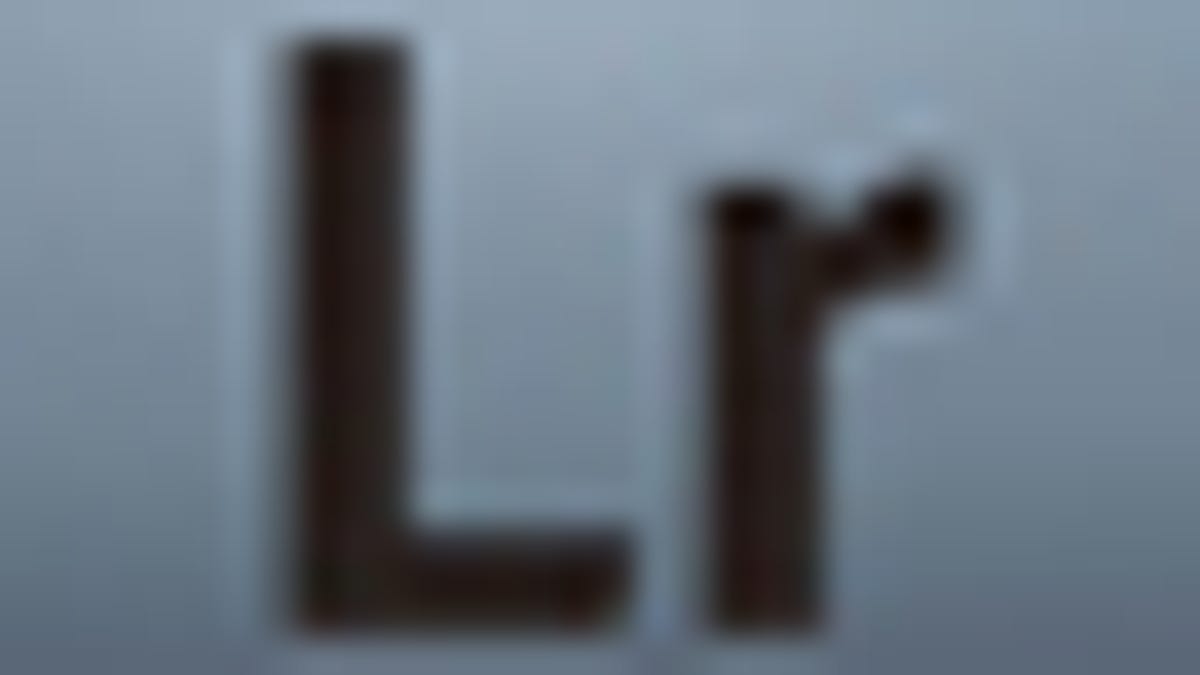Next Lightroom to autocorrect lens problems
The next version of Adobe's Lightroom shows that computational photography is moving from nicety to necessity. In this case, it'll fix lenses' optical problems.

With automatic lens corrections appearing in Photoshop CS5, it didn't take a genius to forecast Adobe Systems would add the feature to Lightroom 3.
But Adobe hadn't committed to the feature--until Tuesday.
"Below is a preview of lens correction technology that will be included in Lightroom 3 and the Camera Raw 6 plug-in that's part of Photoshop CS5...The easiest application of lens correction is to apply the lens profile technology that encompasses geometric distortion (barrel and pincushion distortion), chromatic aberration, and lens vignetting characteristics," Lightroom Product Manager Tom Hogarty said in a blog post. Chromatic aberration, caused by the different paths that different colors of light take through a lens, can produce red and blue color fringes in high-contrast areas; distortion makes parallel lines bow inward or outward; and vignetting causes the corners of images to darken.
Lightroom 2, the current version, provides some manual controls over lens correction. The automated corrections in Lightroom 3 promises to remove some drudgery from the photographic process and illustrates a new trend: computational photography, in which computers step in to address camera weaknesses or expand their horizons. Image post-processing, whether in the camera or on a computer, is increasingly essential to the photography industry.
Lightroom, like Apple's competing Aperture, uses a nondestructive editing approach that overlays editing changes onto an unaltered original. The changes are stored as metadata that can be easily changed since the underlying original image is unaltered.
But nondestructive editing is computationally difficult as multiple adjustments are layered in. Distortions are particularly complicated: when a photographer edits an image, for example by brightening a couple faces, the computer must apply those changes not to the underlying grid of pixels, but to the mathematically warped version that the distortion correction produces.
Adobe will supply support for a "handful" of lenses, but also will let users create and share their own profiles through Lens Profile Creator tool that the company plans to post on Adobe Labs, Hogarty said. In a video demonstration, Hogarty said the company will support a number of Canon, Nikon, and Sigma lenses. The demo showed 18 Canon lenses at one point, though, so it sounds like more than a handful to me. I'd also expect the company to add more support with Lightroom updates, the same way it adds support for new proprietary raw image formats from newer cameras.
The video demonstration used Photoshop CS5, which has the same raw-processing engine and features as Lightroom but a different interface. The lens correction features he showed will be in Lightroom 3, Hogarty said in the video.
In one part of the demo, Hogarty showed the software altering the converging parallel lines of a shot taken with the camera pointed upward. This is a common situation architectural photographers often try to avoid, sometimes by using expensive lenses called tilt-shift or perspective correction.
Also in the demo, Hogarty showed the feature correcting more complicated "wave" distortion, in which a Zeiss lens bowed parallel lines outward (barrel distortion) near the center but squeezed them in (pincushion) toward the periphery of the image.
The settings can be adjusted manually--for example, in the demonstration, restoring some vignetting that was desired as a photographic effect.
To use the Lens Profile Creator, photographers have to take a few shots of a checkerboard pattern they print out, import the photos into the software, then import the profile into Lightroom.

